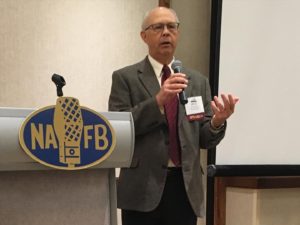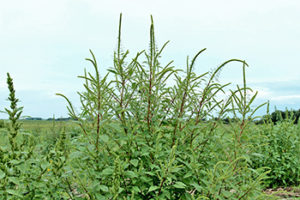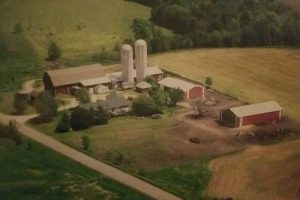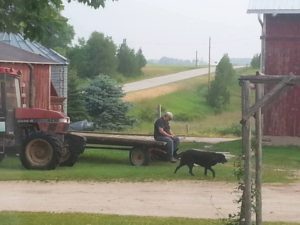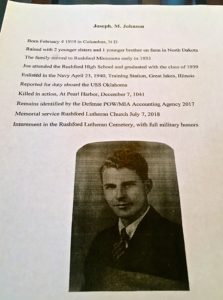The MEA four-day weekend is a highlight on the school calendar for students across Minnesota. However, it’s more than just a chance to sleep in and not go to school. It’s a chance for young people to get into the outdoors and take part in the Minnesota Department of Natural Resource’s Youth Deer Hunt. It’s Thursday, October 18th through Sunday, Oct. 21st. The long weekend is a great chance to focus on helping kids get outdoors, learn new skills, and have some fun too.

“it’s a great chance to get kids out into the field before the regular deer-hunting season begins,” said James Burnham, Fish, and Wildlife Hunting and Angling Recruitment, Retention, and Reactivation Coordinator. “When the regular season gets going, it’s harder to teach kids about deer hunting when you’re focused on filling a deer tag in a limited timeline.
“This gives adults the flexibility to get out and teach kids how to participate in the outdoor sports,” he added. “The weather will typically be a little better than later in the season, which makes the hunting environment a little less stressful. Adults have the time to teach deer hunting to kids at a very fundamental level.”
The kids do need a valid deer hunting license, as any other hunter would. The age-range for youth hunters is 10-to-15 years old. The kids are the focus of the hunt as they must be the one taking shots and harvesting a deer. An important thing to remember is if the youth are older than 12, they have to complete the DNR Firearm Safety Course. However, they can also take part as an apprentice hunter, which means they won’t need to have taken the safety course.
“A parent, guardian, or mentor that’s 18 years of age or older must accompany each youth hunter,” Burnham said. “If the youth hunter has a valid license, the mentor doesn’t need a license of their own. If the youth is hunting with an apprentice license, then the adult with them will also need a license.
“For those that don’t know, the apprentice license is a way for people in the state who haven’t completed Firearms Safety to go out and try out a limited number of hunting opportunities,” Burnham added. “If the youth are using that option, then the parent or guardian has to have a valid license.”
The reason behind the Youth Deer Hunt is a simple one. The DNR is seeing what Burnham calls “a dramatic decline” in participation during hunting (and fishing) season. While numbers are down, Burnham said Minnesota remains ahead of the curve and participation isn’t dropping here as much as it is in other states.
“We’re still seeing a decline in the percentage of the population that participates,” he said. “It’s really important to us that as Minnesota’s population continues to grow, we still have people who participate in hunting and fishing. We run the risk of losing public support for keeping lands open for wildlife management. There’s also a risk of losing financial support for wildlife as well.
“If we don’t keep the deer populations in check, that’s when overpopulation becomes a problem,” he added. “In some parts of the state, it can be a lethal problem. Car-deer collisions are nothing to take lightly.”
His biggest piece of advice for taking a young hunter out into the field, especially if it’s his or her first time, is to make it fun for them. One advantage to deer hunting is they aren’t quite as wary and visually acute as other game animals like turkey, so young hunters don’t have to sit absolutely still.
“Don’t turn it into a death march or a ‘you have to toughen up’ kind of experience,” Burnham said. “Keep it interesting. Explain what you’re seeing as someone with more experience. If you march a youth out there and tell them to ‘sit on a bucket,’ it’s not as much fun as the veteran hunter explaining what’s happening.
“It’s also a great chance to teach young hunters about firearm safety by demonstrating it and then helping youth imitate what you’re doing,” he said. “Teach them the process of seeing an animal, picking a spot for a shot, and doing everything in a safe manner.”
It’s legal to shoot one-half hour before sunrise and one-half hour after sunset. Just a reminder that if you do take youth hunters out in the 603-hunting area and take a deer, it must be tested for Chronic Wasting Disease.
Do you want to see how much fun it can be for kids to participate in outdoor sports? Take a look here at this video from the Wildlife Game Masters YouTube channel:

